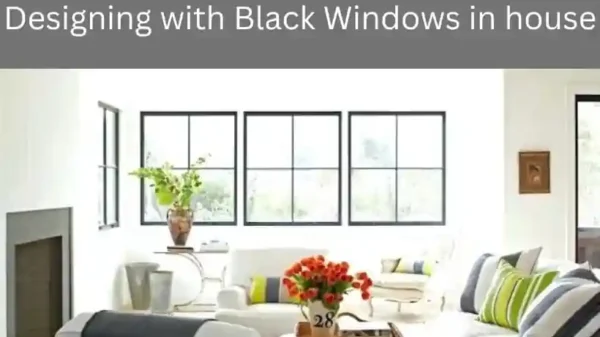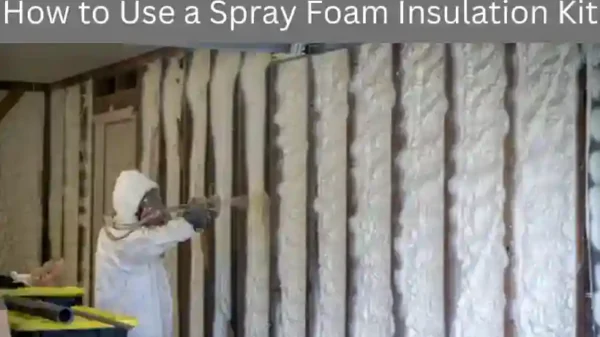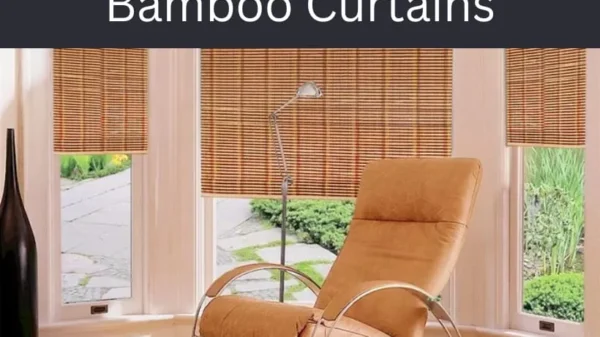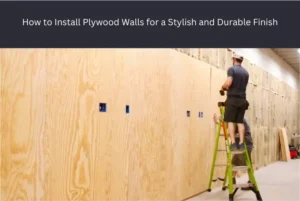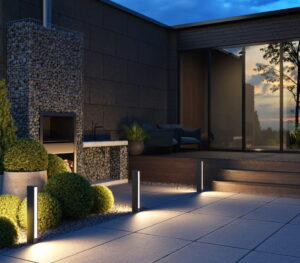Creative drywall and painting ideas are among the simplest ways to upgrade your living area when it comes to house design. With the correct methods, walls can change a space and set the area’s mood. Painting and drywall designs can help you get the appearance you’ve always desired, whether you want to add subtle texture or make a dramatic statement. We’ll look at a variety of painting and drywall design concepts in this article that will improve the appearance and use of your house.
Why Choose Creative Painting and Drywall Designs?
Although they are frequently overlooked, well-executed walls can give a space a sense of space, coziness, or sophistication. Innovative drywall and painting designs give your house charm and uniqueness, enabling you to add flair and individuality to every space.
Customization:
These designs, in contrast to traditional painting, provide countless personalization options. You can design a look that expresses your style with textured surfaces and distinctive patterns.
Covering Imperfections:
Cracks and uneven surfaces can be concealed with the use of drywall designs. In particular, textured surfaces work well for enhancing depth and concealing flaws.
room Enhancement:

Creative wall finishes can transform any area, whether it’s a sleek, modern living room or a cozy bedroom, adding sophistication or coziness.
Popular Painting Techniques
1. Accent Walls: A Bold Statement
An accent wall is a feature wall that adds depth and draws attention by standing out from the other walls in the space. This method is very effective in dining rooms, living rooms, and bedrooms.
Choosing the Right Color:
Choose a color for the accent wall that is different from the rest of the space. Drama can be added using striking hues like emerald greens, charcoal grays, and deep blues. A more subdued impression can be achieved with lighter hues, such as earth tones or gentle pastels.
Where to Place the Accent Wall:
Think about painting a focal point in a corridor, the wall behind the couch in the living room, or the wall behind your bed in the bedroom.
2. Geometric Patterns: Modern and Stylish
Hexagons, stripes, and chevrons are examples of geometric patterns that produce a visually arresting effect. You may create dynamic designs on your walls by using painter’s tape.
Color Combinations:
For striking patterns, use contrasting colors; for a more understated style, use complementary hues. Try using matte or metallic finishes to get a variety of effects.
Best Rooms for Geometric Patterns:
Modern living areas, kid’s rooms, and foyers look great with geometric motifs. They provide every space with a whimsical, creative touch that may stand out.
3. Ombre Walls: Soft, Gradient Transitions

A gentle and soothing effect is produced by the seamless color shift from bright to dark (or vice versa) in ombre walls. This method is ideal for creating a calm mood in living rooms, baths, or bedrooms.
How to Achieve the Ombre Effect:
At the top of the wall, start with the lightest color, then work your way down to darker hues. To guarantee a smooth color blend, use a sponge or roller.
Choosing the Right Colors:
A calm, serene ambiance is produced by the use of gentle pinks, greens, and blues. Bold hues like orange, yellow, or red can also be used to infuse vigor into a space.
4. Stripes: Classic and Elegant
Wall stripes may give a sophisticated touch to any space. A space may appear broader with horizontal stripes or taller with vertical stripes.
Bold or Subtle:
While tiny stripes can be more understated, thick stripes can make a powerful statement. Shades from the same color family can be used for a softer feel, or you can switch up the hues for a contrasting effect.
Best Areas for Stripes:
Stripes look well in dining areas, baths, and children’s rooms. They provide both old and modern settings with a feeling of beauty and rhythm.
Textured Drywall Techniques
Techniques for textured drywall are ideal for giving your walls depth and visual appeal. Drywall textures may drastically alter a room’s appearance and feel, whether you’re going for a smooth, polished finish or a more rustic style.
1. Knockdown Texture: Subtle and Chic
For people who want to add some texture without overpowering the room, knockdown texture is a common option. To create a soft, irregular pattern, drywall compound is applied and then knocked down with a trowel.
How to Apply:
Use a trowel to gently level the peaks after applying the compound and allowing it to set for a few minutes. This produces a gentle, easily cleaned “knocked-down” texture.
Ideal Spaces:
Bedrooms, kitchens, and living areas all benefit from knockdown texture. It gives a bit of refinement and helps cover up drywall flaws.
2. Orange Peel Texture: Lightly Bumpy and Smooth
Because it resembles the skin of an orange, the texture is known as orange peel. A fine mist of compound is sprayed across the wall to create one of the most popular drywall textures.
Application Tips:
Apply the compound evenly and thinly using a spray gun. The texture will have a slight bumpiness after drying, giving it a subtle textured appearance.
Perfect for Any Room:
The texture of orange peel is quite adaptable and can be applied to ceilings, baths, and living rooms. It adds some visual interest to the walls without becoming overtly noticeable.
3. Skip Trowel Texture: A Rustic Feel
The more rustic, artisanal finish that the skip trowel texture provides makes it ideal for designing cozy, welcoming environments. Its rough swirls and patches give it an old-world character, and its texture is more noticeable than knockdown.
How to Apply:
Make sure that some parts are smoother than others by applying the compound in haphazard patterns with a large drywall trowel.
Best Rooms:
If you want a warm, textured wall in your living room, dining room, or foyer, the skip trowel texture is perfect.
Creative Drywall Design Ideas
You can employ a variety of drywall techniques to give a space dimension and sophistication in addition to basic painting and texture.
1. Wainscoting and Chair Rails
A traditional design is wainscoting, which entails using paneling or trim to cover the lower portion of the wall. When combined with a chair rail, this gives any space a sense of formal elegance.
Types of Wainscoting:
Depending on your preferred style, you can select from a variety of wainscoting options, such as beadboard, raised panel, or flat panel.
Application Tips:
For a well-balanced and classic look, paint the lower side a darker or contrasting hue while leaving the upper wall lighter.
Best Rooms for Wainscoting:
It looks stunning in bathrooms, dining areas, and foyers.
2. Board and Batten: Adding Architectural Detail
Another method for adding visual interest to your walls is board and batten, which involves putting vertical strips, or battens, to the drywall to create the appearance of panels.
Where to Use:
This method works well for corridors, bathrooms, and even bedrooms. It may provide grandeur and style to a tiny space.
Finishing Tips:
Choose white for a clean, contemporary design, or paint or stain to complement the rest of your décor.
3. Crown Molding and Trim
Crown molding, particularly if it is positioned at the top of your walls where they meet the ceiling, adds sophistication and beauty. It gives any space a sleek, completed appearance.
Types of Trim:
For a classic, formal style, use wide, ornamental trim; for a cleaner look, use smaller, more contemporary trim.
Where to Use Crown Molding:

Crown molding instantly improves a room’s appearance and is ideal for living rooms, dining rooms, and bedrooms.
Conclusion
Transforming a space requires imaginative drywall and painting designs. The options are unlimited, whether you want to use wainscoting and crown molding, add texture with drywall finishes, or create an accent wall. These methods not only improve your home’s appearance but also help you hide flaws, add depth, and bring your individuality to the room. You can design a home that showcases stunning wall finishes and represents your personal style with a little imagination and the appropriate supplies.

